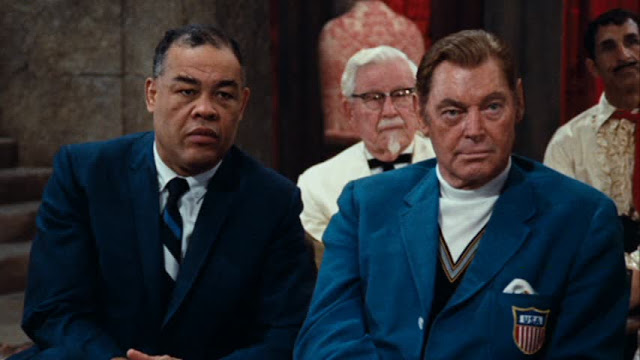Our son Amos Jasper Wright IV is an urban planner by profession, but he has been writing and publishing fiction for some years. In 2018 his collection of short stories Nobody Knows How It Got This Good was published by Livingston Press. This summer his first novel, Petrochemical Nocturne, has appeared, also published by Livingston.
When Nobody Knows came out, I naturally wrote a blog post about it. The Kirkus review of the book is here. An interview with him about the book is here. In October 2018 Amos appeared on a panel alongside two other writers with new short story collections at the Louisiana Book Festival in Baton Rouge.
So here we are with Amos' first novel, Petrochemical Nocturne. Kirkus has reviewed this title, and so has Bill Plott for the Alabama Writers Forum. Bradley Sides interviewed Amos for the Alabama Writers Cooperative. Once again Amos will be appearing at the Louisiana Book Festival.
Both books are available from Bookshop.org, a book vendor where every purchase supports independent bookstores. The link for Petrochemical is here and Nobody Knows is here.
If you have read or do read either of these books, please go to their GoodReads pages, say a few words, and rate the book. In the first paragraph above the books' titles link to those pages. Of course, if you buy from Amazon or other outlet, reviews there would be greatly appreciated. And you can always request that your local library purchase one or both titles.
"A bristling, lurching, and often insightful investigation of the past." Says Kirkus about Petrochemical
In his review, Bill Plott wrote about the novel, "Although a novel, this is also an extraordinary work of history. Using Cancer Alley as a setting, Wright has penned a book that is essentially about racism – the systemic and pervasive racism of not just the South but also the nation. Perhaps no white historian has told it with quite the passion that Wright brings to the table."














































